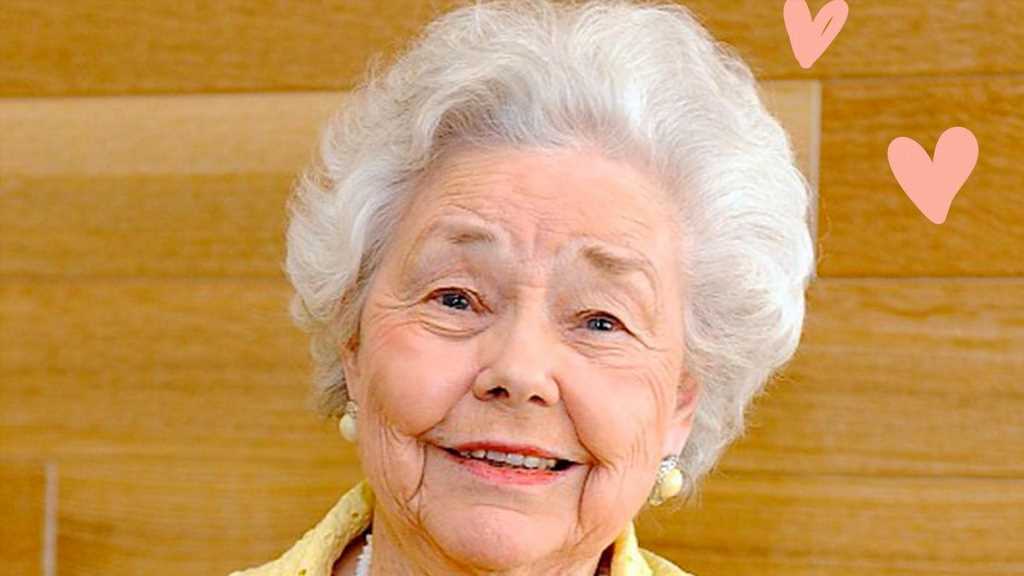Paramount has been on a sizzling run.
All five of its 2022 releases, a crop that includes “Scream,” “Jackass Forever,” “The Lost City” and “Sonic the Hedgehog 2,” opened in first place at the domestic box office, with “Top Gun: Maverick” outpacing them all. The sequel to the beloved Tom Cruise film has scored with critics and audiences alike. “Top Gun: Maverick” has currently grossed a massive $557.2 million globally and shows few signs of slowing down soon.
Brian Robbins, who took over as head of the film studio in September, says its recent track record reaffirms the value of releasing blockbuster movies in theaters before debuting them on streaming or home entertainment. And he argues that the box office performance is partly due to a new approach that has seen the studio become more collaborative with corporate cousins such as CBS, MTV and Nickelodeon.
Why was “Top Gun: Maverick” successful?
I’d be lying if I said we knew that “Top Gun” was going to open to $160 million and break all the records that it did. There was a lot of pent-up nostalgia for this movie, but our team was also able to do what a lot of people didn’t think we’d be able to do, which is bring the under-35 audience to this movie.
How did you attract younger moviegoers, many of whom weren’t even born when “Top Gun” opened?
We had a tremendous digital campaign that excited younger audiences, and we had a young cast led by Miles Teller. With all five films that we’ve opened this year, we’ve unlocked the power of the whole company. By that, I mean all of Paramount’s assets, whether that’s CBS Sports, where the AFC Championship Game opened with a two-minute piece on “Top Gun,” or what we were able to do with our MTV networks around the world in promoting Lady Gaga’s “Hold My Hand” song from the movie.
This year’s slate of films was made before you took over the studio. What are the kinds of films that you are interested in producing?
I’m so grateful to my predecessors, like Jim [Gianopulos] and [former Motion Picture Group president] Wyck Godfrey and [former production president] Elizabeth Raposo. These guys clearly delivered, but [production co-presidents] Daria Cercek and Michael Ireland brought these things home, so it’s a real team effort.
Going forward, I’m focused on our franchises. We are fortunate in that we have amazing franchises, which we need to lean into. We have adult franchises like “Mission: Impossible,” “A Quiet Place,” “Transformers” and “Star Trek.” And we have family franchises with “Teenage Mutant Ninja Turtles” and “SpongeBob.” You’ve got to have multi-year plans for these franchises. You can’t just make a movie, see how it does and then decide to make another one, because if you do that, it will be years between sequels. Like “Sonic,” we’re going to take a spinoff character Knuckles and do a miniseries on Paramount+, which will transition us into the third “Sonic” movie with lots of Easter eggs. That planning is what I’m focused on, as well as filling out the slate with filmmakers that we’re passionate about who want to tell stories that they have passion for. That allows us to greenlight things like the new movie we have from Matt Stone and Trey Parker, the “South Park” guys, who are working on a movie with Kendrick Lamar that’s so far out, it could break through the zeitgeist.
What is the importance of releasing these movies in theaters?
We know movies that are released with a big theatrical marketing campaign have a much greater impact when they hit streaming than movies that go straight to streaming without that theatrical release. Before a company like ours had our own streaming service, we would take our IP, make these movies and then basically rent them to other platforms, which helped them build their service. We’re not doing that anymore. We’re taking our IP and using it to build our own service, Paramount+. That is a better business model.
What should be the new window of theatrical exclusivity?
We’re still in the experimental stage coming out of the pandemic. Right now, 45 days feels good. “Top Gun” is an outlier, so it won’t have that window, because the deals were made years ago, and the film has been sitting on the shelf.
How many films do you plan to release annually in cinemas?
In the 10 to 12 range.
There’s a lot of turmoil across the media landscape, from Netflix’s stock slide to mergers at places like Warner Bros. Discovery. How does that impact your business?
There’s been a lot of noise, but I’m just focused on Paramount and what we can do to improve the culture at the studio. My predecessors delivered some great films that I’ve been privileged to be the beneficiary of, but getting our culture right and knowing that it’s the people here that ultimately ensure the success of our movies, that’s what we’re focused on. We want to keep leaning into exploiting and using the assets of the whole company. For a long time there was a moat around the studio and we’ve been able to lower the drawbridge. Now, my colleagues like George Cheeks at CBS or Chris McCarthy at the cable networks, are so aligned. We’re almost like high school kids on a group chat all day. George helped me get “Top Gun” on the AFC game and Chris helped me marathon all the “Scream” movies on the cable networks before that film opened. That’s so valuable and it’s something that wasn’t happening before.
Because of the invasion of Ukraine, Russia is no longer open to American films, and tensions with China and COVID have essentially closed that market. How does that impact Paramount?
China and Russia are really big markets. It’s unfortunate what’s going on in the world, but it’s not stopping us from making movies, and it’s not dictating the type of films we are going to make. Obviously, it’s going to affect the P&L. We have to look at each film individually as we weigh the marketplace and the political climate.
Where do things stand with the next “Star Trek” sequel, and why did you decide to bring back Chris Pine?
We’re deep into it with J.J. Abrams, and it feels like we’re getting close to the starting line and excited about where we’re going creatively. I’m a research nerd, and what the data tells me is that the audience wants that cast in this movie.
Seth Rogen is producing a new “Teenage Mutant Ninja Turtles.” What’s the plan for re-booting the series?
It’s animated, and it goes back to the roots of the Turtles. Seth and his producing partner Evan Goldberg were brilliant choices because no one can tell stories about being teenagers better than those guys. They’re passionate and super nerdy about the Turtles. It’s going to work for kids, parents, Gen Z-ers and Millennials. We have plans to do multiple animated movies this way, but one day we might go back to a hybrid live-action version of the Turtles.
You recently announced plans to adapt Tomi Adeyemi’s “Children of Blood and Bone” books. What’s the latest on that project?
Tomi is an incredible writer. It’s an epic story. We see it as a major franchise. We’re close to getting a script. The potential for the movie is so exciting, as are the diversity of the voices behind it.
Is there going to be a third “Top Gun”?
Let’s see where we are 35 years from now. I don’t want to speculate. This is an incredible run. The sky is the limit for this movie.
Source: Read Full Article

